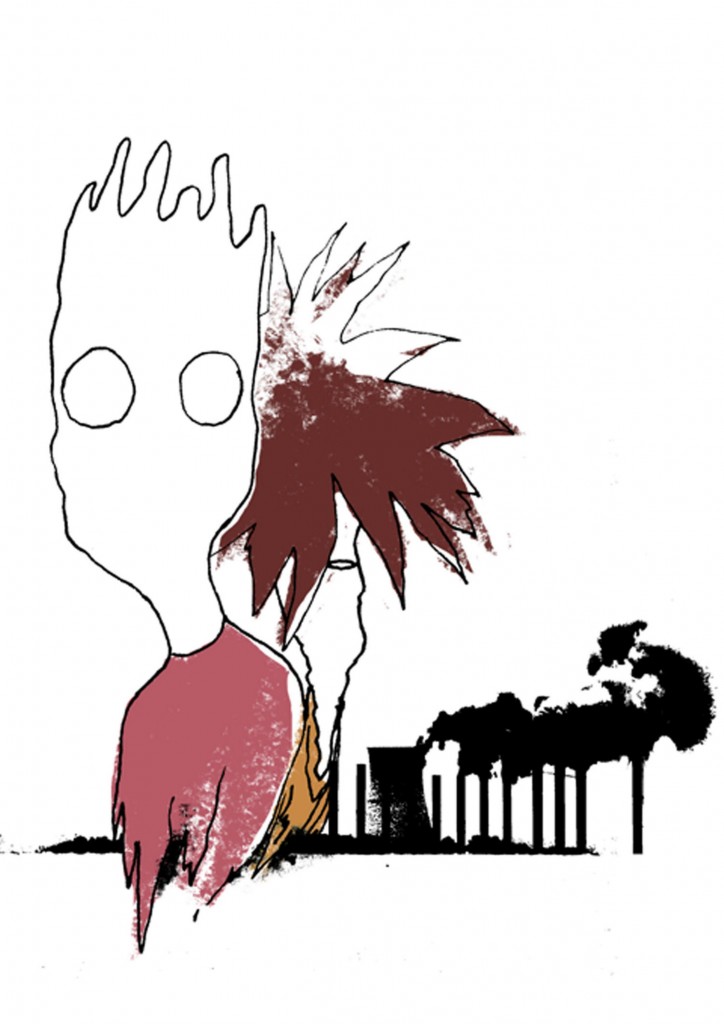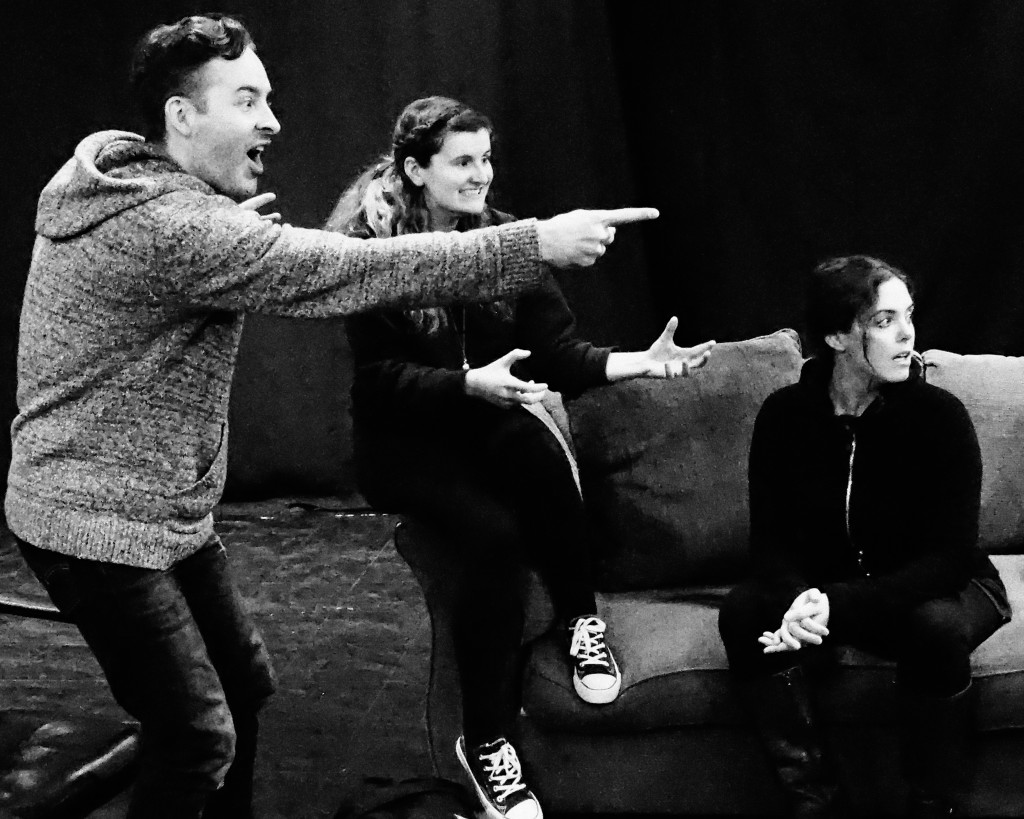Emerging playwright Jordy Matheson talks myth, memory, trauma, and the nature of story with Little Mountain Lion Productions, whose production of Mr. Burns: a post-electric play opens this week at Studio 1398
X
Let’s do a little thought experiment. Step One: choose an episode of The Simpsons, the one you remember the best. Step Two: Try to write down a detailed synopsis of said episode. Include as many stray bits of dialogue, action, and vivid imagery as possible. Don’t cheat! Step Three: Watch that episode. How did you do? How close were the two versions?
Don’t worry, this is just a game, there are no points lost or gained for accuracy. However, this is not an experiment without importance. A few years ago the playwright Anne Washburn did the exact same experiment with a group of actors, and what became of that is a unique play. A play which exposes how retelling a story “wrong” again and again through time is how a story turns into a myth.

The play is Mr. Burns, written by Anne Washburn (subtitled cheekily, but for good reason, as a post-electric play). It begins, much as we began this article, with a group of people around a campfire trying their best to recall an episode of The Simpsons. Specifically, Episode 83: “Cape Feare.” As they do so, they revel in the pleasure of remembering all the little jokes, asides, and twists in the plot. Yet, this campfire story has another purpose. Something is very wrong in their world, and this is no ordinary camping trip: they are on the run from some sort of nuclear apocalypse. Remembering this perennial bit of youthful nostalgia helps them deal with the “post-electric” world in which they find themselves. The second act takes these same characters seven years further into the post-electric future, and the third thrusts the story seventy years after that. Each act centres on the retelling of “Cape Feare” – a loose parody of Martin Scorsese’s Cape Fear, which is itself a remake of the film of the same name from 1962 – yet each time the telling becomes less about the actual episode, and more about using stories in general as a way to deal with the trauma of history
If you look back to the episode you tried to recall, which parts did you get right? Which did you get wrong? What changes did you make? And most importantly, why? We change stories to fit our own sensibilities all the time. It’s the core concept of “telephone.” We’ve all played the game of “telephone,” back in elementary school. Why did the random phrase at the start usually end up being a little dirty by the end? It’s because the group wanted it to be dirty. The same transformation takes place in Mr. Burns. The audience witnesses a story written by individuals change into a myth written by the masses.

I would regret saying too much about this play, especially its singular third act. I can say that the presentation of this mythic transformation is powerful, and sometimes quite unnerving. “Cape Feare” The Simpsons episode becomes something different entirely. Key characters transform into new characters because that’s what would resonate with the audience of a post-apocalyptic world.
Mr. Burns is a play about how we perform stories. So, truly understand its impact, a person needs to see it. Luckily, it’s being put on by Little Mountain Lion Productions at Studio 1398 on Granville Island from April 3 to 21. It is directed by Madelyn Osborne, with newly composed music by Katerina Gimon.
For Osborne the play is “about how important art and storytelling is to our survival, especially when living through tragedies.” Gimon has created an entirely new score for this play, which, again not to give too much away, is quite a feat. She believes that composing a new score is all a matter of breaking the text down and finding a structure. The music, to her mind, must fit the lyrics and tone set by Anne Washburn. At the same she aims to compose a score that is also engaging for an audience, perhaps even leaving people humming! I admire both of them for tackling this play, which focuses on nothing less than the very nature of story.
Humans are creatures of story. No other animal reads, or makes movies, or sits up late at night thinking about what they should say to their boyfriend tomorrow, and the fifty different ways that might turn out. Why is this? Osborne believes, and I agree, that stories help us to survive trauma. If we are living in traumatic times, Mr. Burns may guide us to the stories which will help us survive.

For more from the Mr. Burns creative team, check out Dave Radio with Radio Dave to hear from Madelyn Osborne, Katerina Gimon, Graham Coffeng and Douglas Ennenberg, as well as UBC Professor of Nuclear Energy Dr. MV Ramana. For tickets, visit Theatre Wire.


